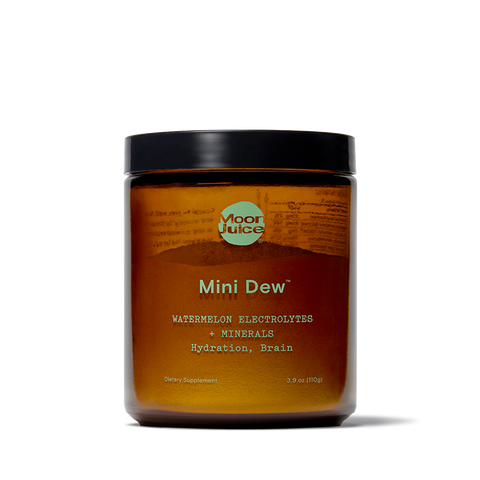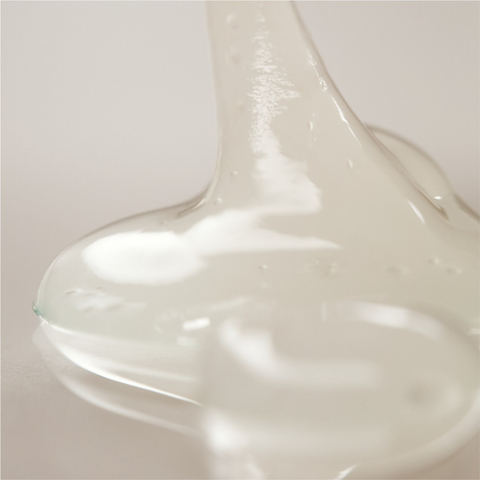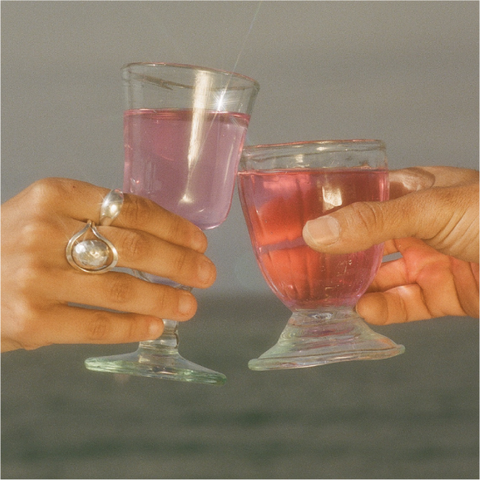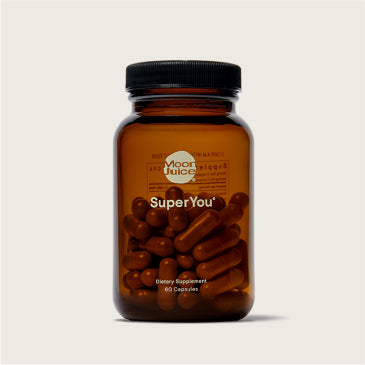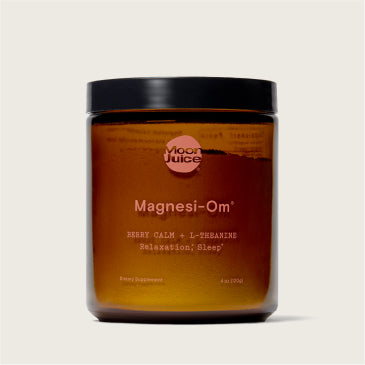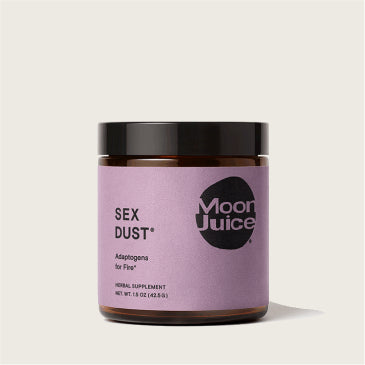You’re probably aware that staying hydrated is an important factor in supporting your overall well-being. Proper fluid balance ensures your body can carry out essential functions and maintain consistent energy levels. In addition to water, the right mix of electrolytes and water can help you feel energized and support your wellness throughout the day.
One of the most crucial electrolytes for cellular health is sodium (or salt). If you’re looking to replenish your body with the right balance of essential and trace minerals, you might wonder whether one type of natural salt is better than the other — for example, Celtic salt vs Himalayan salt.
Read on to learn the difference between Celtic and Himalayan salt, including origin, mineral composition, health benefits, taste, and uses.
Origin
Celtic salt, also known as “sel gris,” is a sea salt that originates from coastal areas near the Celtic Sea in France but can also be sourced from other coasts. It’s derived by evaporating seawater.
Pink Himalayan salt is a type of rock salt sourced from the Khewra and Kalabagh salt mines in the Punjab region of Pakistan. These crystallized salt deposits were formed by lava eruptions several hundred million years ago.
Mineral Composition
Since Celtic sea salt is not as processed as other salts, it has the ability to retain more moisture and trace minerals. In addition to sodium, the salt contains small amounts of:
- Magnesium
- Calcium
- Potassium
- Copper
- Zinc
- Iron
Mineral content can vary based on harvesting and processing techniques used to gather the sea salt.
Pink Himalayan salt contains high amounts of minerals, including:
- Calcium
- Iron
- Magnesium
- Manganese
- Potassium
- Aluminum
- Barium
- Silicon
- Sodium
- Sulfur
Himalayan salt mineral content varies depending on the type of Himalayan pink salt. Pink salt in flake form, pink unrefined salt originating from the Himalayas, and darker-colored pink salt are more likely to have a higher mineral content.
Health Benefits
There’s limited research on the specific health benefits of Celtic and Himalayan pink salt varieties.
However, one potential research-backed benefit of Celtic salt is better skin health. The National Eczema Foundation reports that a sea salt bath may reduce skin dryness and inflammation. Adding 1 cup of sea salt to bath water may reduce skin irritation from skin conditions like eczema.
And while not related to the consumption of Himalayan salt, research shows that spending time in a pink salt cave, known as halotherapy, may benefit people with respiratory conditions, including asthma and chronic obstructive pulmonary disease (COPD).
Both Celtic and Himalayan salt also contain the essential mineral sodium, an electrolyte important for regulating your body’s fluid balance.
Electrolytes like sodium also help with regulating pH and hydrating in and around cells, which ultimately helps support nerve function, enhancing cognitive function and preventing issues like brain fog and fatigue.
Celtic salt contains a lower amount of sodium but a higher amount of Calcium and Magnesium. Considering the benefits of Himalayan salt, it has a higher amount of Potassium, an electrolyte vital for maintaining nervous system health, including muscle and heart health. Getting enough Potassium may help regulate blood pressure and protect against certain health conditions.
Texture & Taste
Celtic salt can have a rough texture when eaten, and its salty flavor is more subtle than most sea salts.
Himalayan pink rock salt also feels coarse when eaten by itself or with food. It has a milder taste than Celtic sea salt and sometimes has an earthy or mineral-like flavor, making it a good option for electrolyte powder mixes.
Uses
Both Celtic sea salt and Himalayan salt can be used for everyday cooking, either to season foods or as finishing salts. Both are subtle in flavor and pair well with most dishes without overpowering them. Some people choose to make a drink known as sole water, a mixture of purified water and Himalayan salt, which is consumed for its believed health benefits, though these benefits have not been scientifically proven.
You might also find these salts in electrolyte drink powders designed to boost hydration and top up electrolytes like Sodium, Potassium, and Magnesium.
Which Salt Should You Use?
When deciding between Celtic vs Himalayan salt, which is the best option?
While both natural salt varieties offer similar health benefits, there are a few key differences.
Celtic salt is considered a sea salt, while Himalayan salt is a rock salt. While you might assume sea salt is healthier than regular table salt, they have similar nutritional values, including high sodium. Too much sodium intake can increase your risk of high blood pressure, heart disease, and other health conditions.
If you’re seeking a healthier alternative to table salt or want to replenish electrolyte levels without overdoing it on sodium, Himalayan salt is the better choice for its mineral content and unique flavor profile.
Sign Up, Nerd Out
Get wellness tips, education, and recipes
delivered straight to your inbox.
Get wellness tips, education,
and recipes delivered
straight to your inbox.
Bottom Line
Celtic and Himalayan salts are popular alternatives to table salt. Both are naturally sourced and packed with electrolytes that can help support proper fluid balance.
So when comparing Celtic sea salt vs Himalayan salt, which is the better option for supporting overall wellness? Himalayan salt has a higher mineral and lower sodium content, making it a better choice for hydration.
It’s also the salt you’ll find in our Mini Dew™ electrolyte powder mix. The microplastic-free electrolyte drink mix contains a blend of ionic trace minerals and Himalayan pink rock salt to help maintain water balance in and around cells and give the body the elements it needs to feel good, energized, and free of brain fog.
Sources
- Mayo Clinic. Does Celtic Sea salt have health benefits? https://mcpress.mayoclinic.org/nutrition-fitness/the-health-benefits-of-celtic-sea-salt/
- Heart. How Potassium Can Help Control High Blood Pressure. https://www.heart.org/en/health-topics/high-blood-pressure/changes-you-can-make-to-manage-high-blood-pressure/how-potassium-can-help-control-high-blood-pressure
- World Health Organization. Sodium reduction. https://www.who.int/news-room/fact-sheets/detail/salt-reduction#
- National Library of Medicine. In brief: How does the nervous system work? https://www.ncbi.nlm.nih.gov/books/NBK279390/
- Journal of Sensory Studies. Comparison of salty taste and time intensity of sea and land salts from around the world. https://onlinelibrary.wiley.com/doi/abs/10.1111/j.1745-459X.2010.00317.x
- Medline Plus. Fluid and Electrolyte Balance. https://medlineplus.gov/fluidandelectrolytebalance.html
- Dovepress. A review of halotherapy for chronic obstructive pulmonary disease. https://www.dovepress.com/a-review-of-halotherapy-for-chronic-obstructive-pulmonary-disease-peer-reviewed-fulltext-article-COPD
- Pediatric Pulmonology. Halotherapy as asthma treatment in children: A randomized, controlled, prospective pilot study. https://onlinelibrary.wiley.com/doi/10.1002/ppul.23621
- National Eczema Association. Eczema and Bathing. https://nationaleczema.org/eczema/treatment/bathing/
- National Library of Medicine. An Analysis of the Mineral Composition of Pink Salt Available in Australia. https://www.ncbi.nlm.nih.gov/pmc/articles/PMC7603209/
- PCSIR Laboratories. Chemical Characterisation of Himalayan Rock Salt. https://www.v3.pjsir.org/index.php/physical-sciences/article/download/10/9





